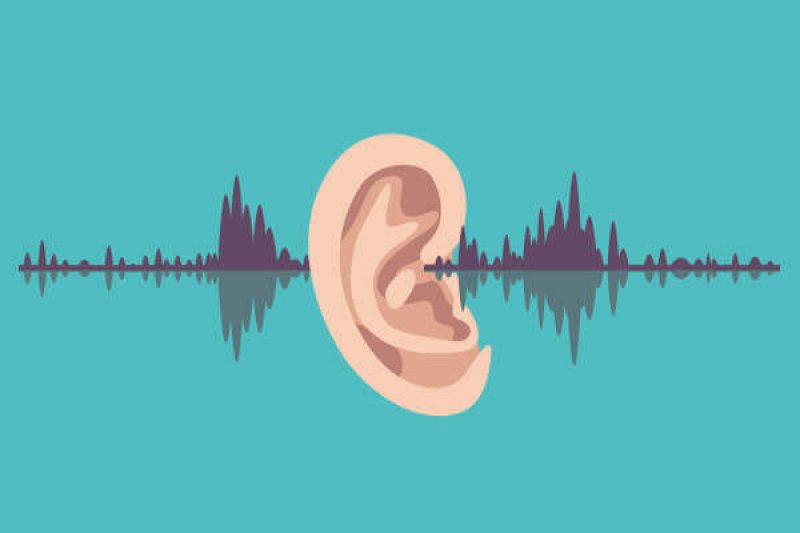We all know that CRISPR is the next big thing in gene-editing treatments. But how do you get the versatile genetic scissors into a person’s body? […] Zhen-Yi Chen, a hearing researcher in Boston […] has been treating mice by directly injecting the gene-editing components into their ears.
…
It’s not quite as simple as CRISPR ear drops, but it’s pretty close. The experiments in Chen’s lab at the Massachusetts Eye & Ear Infirmary involve mice who share a genetic defect that humans have that causes gradual hearing loss.
…
He and David Liu, a gene-editing specialist at Harvard University, have found ways to package the CRISPR cutting protein into fatty blobs called liposomes. These are injected into a mouse’s inner ear, home to delicate hair cells that sense vibrations and send messages to the brain. The target is a gene called TMC1. CRISPR’s job: put it out of commission with a quick snip to its DNA letters.
…
In the best cases, Chen and Liu have reported, mice treated with CRISPR retain significant hearing at two months of age. Otherwise, they’d be so deaf they couldn’t hear an 80 decibel noise—about what a food blender makes.
…
If the CRISPR injections can prevent that, Chen says, “we can move the endeavors into humans.”
The GLP aggregated and excerpted this blog/article to reflect the diversity of news, opinion, and analysis. Read full, original post: The Easiest Place to Use CRISPR Might Be in Your Ear































